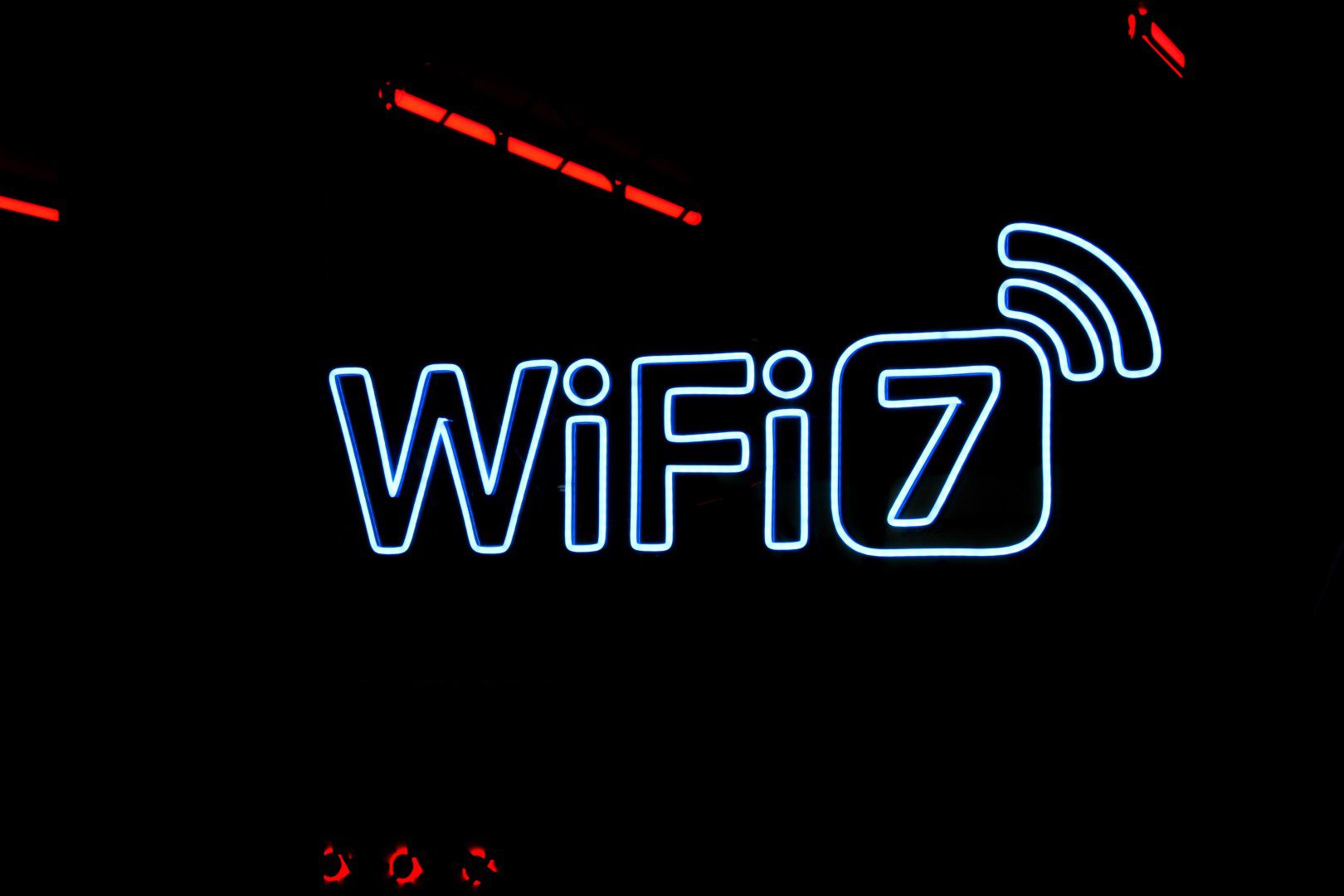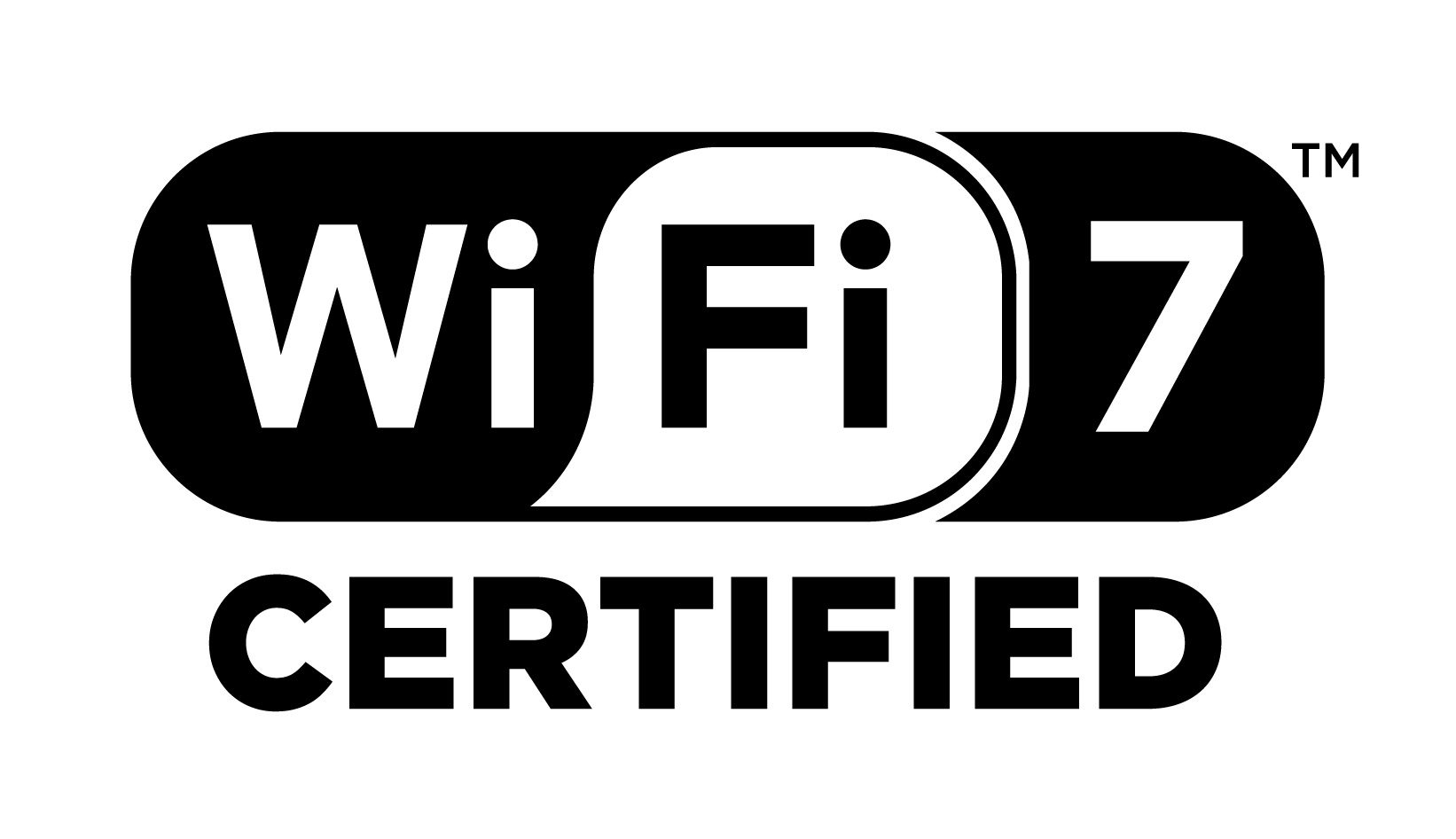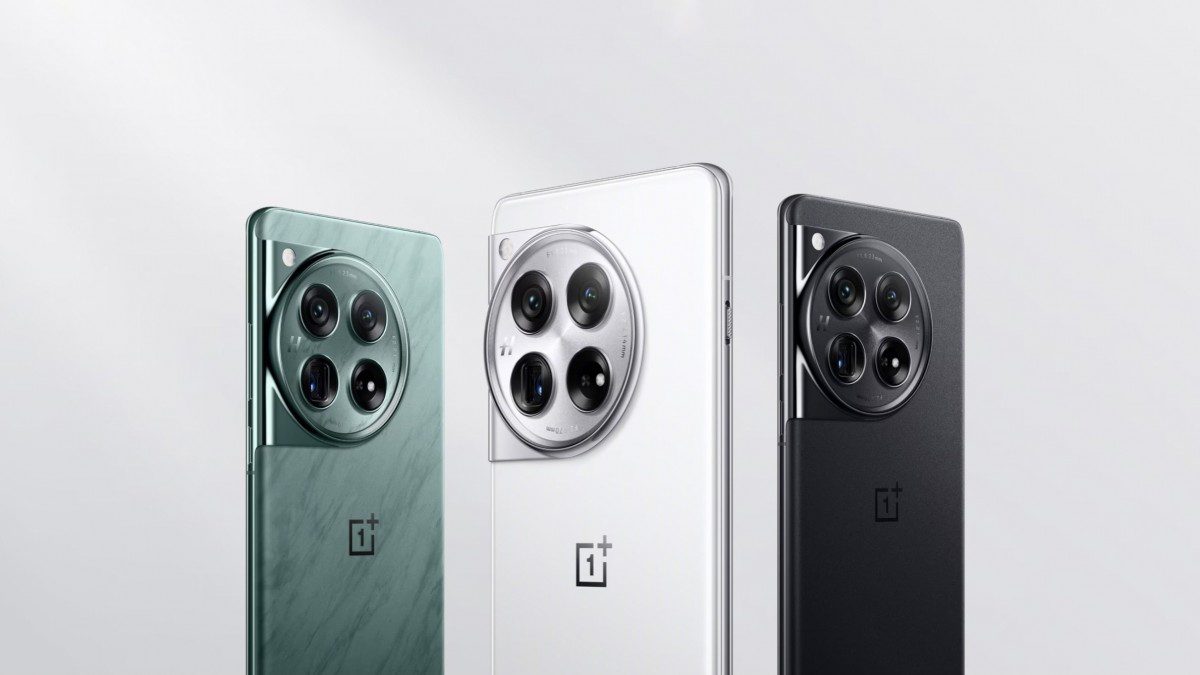WiFi 7 in the starting blocks: Will fast WiFi reach you in 2024?
- January 30, 2024
- 0
The first devices with the Wifi 7 label are appearing here and there. The new WLAN standard promises a significant jump in speed for wireless connectivity. Is WiFi
The first devices with the Wifi 7 label are appearing here and there. The new WLAN standard promises a significant jump in speed for wireless connectivity. Is WiFi


The first devices with the Wifi 7 label are appearing here and there. The new WLAN standard promises a significant jump in speed for wireless connectivity. Is WiFi 7 coming to you this year?
This year marks 25 years since the very first commercial Wi-Fi standard saw the light of day: 802.11b. Since then, wireless Internet has made great progress and the latest standard, WiFi 6(E), is now widely used. But because everything needs to go faster in today’s world, wireless connectivity also needs to evolve. A new standard is impatiently knocking on the door: WiFi 7.
You could say that Wi-Fi 7 was officially presented at CES 2024. The first products that can bear the label of the latest network standard were announced at the electronics trade fair. This will slowly but surely begin the introduction of Wifi 7. Does this also mean you can welcome WiFi 7 into your living room or office this year?
The official name of Wifi 7 is actually: 802.11be, but the Wi-Fi Alliance abandoned this complex name in 2019 in favor of clear chronological numbering. Wifi 7 is the successor to Wifi 6 and its variant Wifi 6E. The latest standard promises above all a jump in speed: While Wifi 6E can achieve download speeds of up to 9.6 Gbit/s, Wifi 7 allows 40 Gbit/s. This is the maximum theoretically achievable speed and is no guarantee that this will work on your network.
WiFi 7 has a few tricks to make this possible. Just like WiFi 6E, three frequency bands are used: 2.4 GHz, 5 GHz and 6 GHz. An additional frequency band offers additional options for transit capacity: a three-lane highway also typically results in faster traffic than a two-lane road. In addition, Wifi 7 has a channel width of 320 MHz in the 6 GHz band: three times as much as Wifi 6E. This means that the lanes will also be wider. Other important innovations include 4K QAM modulation and the doubling of MIMO from eight to sixteen streams.
The rabbit in the hat of Wifi 7 is multi-link operation (MLO). This technology enables the simultaneous transmission of data packets across the three available frequency bands. This is intended to help prevent overloading of any of the frequency bands, which not only benefits speed but also stability and latency. This is useful for data-hungry internet applications such as video conferencing, but IoT, augmented reality and smart devices also benefit fully from it.
Wifi 7’s specifications have been known for some time and have now been officially put on paper by the Wifi Alliance, which oversees the development of wireless Internet protocols. On January 8th, the organization released the official Wifi 7 certificate. In practice, this is just a sticker that manufacturers can use to claim that their products support WiFi 7. However, this will speed up the development of compatible devices.

As is often the case, router manufacturers have not waited for official approval to introduce their latest generation of devices. TP-Link has already launched its first WiFi 7 compatible router at the end of 2022. The starting shot seems to have only really been given at CES 2024, with router announcements from Ubiquity, MSI and Acer, among others. We have summarized this clearly in an overview.
We asked Belgian telecommunications providers how they are using the technology. We get a more or less similar answer from Proximus, Telenet and Orange. Providers are closely following the technological developments around Wifi 7, but at this point it is still too early to bring a commercial offering around Wifi 7 onto the market. Proximus sets the threshold that at least fifty percent of smartphones connected to the network must be compatible, and Telenet is also waiting for wider adoption by end-user devices. Orange says it is researching major chipset vendors, but its first WiFi 7 routers won’t be available immediately.
Not only your router, but also your smartphone and/or laptop must be compatible to benefit from the jump in speed that WiFi 7 promises.
A new network standard means that security must also adapt. Since 2018, the WPA3 protocol has been the standard for securing Wi-Fi networks. WPA3 offers better protection for both private and public networks than its predecessor WPA2. The protocol does everything it can to prevent outsiders from trying to crack your private network password brute forceAttacks and also encrypts your traffic when you connect to a public WiFi network. This also makes WPA3 much more suitable for adopting IoT security.
With WiFi 7, network security takes on an additional dimension through the MLO mechanism described previously. Every device connected to a WiFi network has a MAC address. Using this digital address, a device knows where a sent data packet comes from. However, things can get confusing for a receiver if the transmitter sends data over different bands.
MLO solves this problem by creating a master MAC address for the three available frequency bands. This means that separate encryption keys do not need to be created for each frequency band. When the frequency band changes, the key is simply passed on. This isn’t a groundbreaking security innovation in itself, but manufacturers need to build this into their devices. Fortinet has already shown its first network switch tailored for WiFi 7.
Network routers and switches are an important part of the puzzle, but on the end-user side, devices capable of receiving WiFi 7 waves are also needed. Your smartphone and/or laptop must also be compatible to benefit from the higher speeds. To get the rollout of WiFi 7 off the ground, support from hardware manufacturers is more than necessary.
This starts with the most important part of any electronics: the processor. Intel has been committed to Wi-Fi 7 since the beginning, and the networking standard is built into the latest generations of laptop and desktop chips. In the mobile industry, Qualcomm is the leader in Wifi 7.
It helps if software manufacturers also pull together. Microsoft is already doing its part: an update rolling out in the spring will integrate WiFi 7 into Windows 11. This and the availability of compatible processors give laptop manufacturers all the resources they need to make their new devices compliant. During CES 2024 we were presented with the first “Wifi 7” laptops from Dell, HP, Acer and Asus, among others.
Smartphones are also gradually supporting WiFi 7. Smartphones available in the Benelux today include the Xiaomi 13 Pro (as well as the Xiaomi 14, which is not yet coming to Europe), the OnePlus 11 and the brand new OnePlus 12, the Motorola Edge 40 Pro and the Samsung Galaxy S24 series, which was recently announced by the press, complete. It is expected that Apple will certainly join this list with the iPhone 16, which will be released in the fall. Wi-Fi 7 support may remain an exclusive feature for the premium segment for a while, but we expect this to be the norm in a few years.

With some caution, 2024 can be described as the breakthrough year for WiFi 7. That doesn’t mean every internet user will use it this year. A new WiFi standard won’t be available everywhere overnight, and that doesn’t apply to WiFi 6 either. Network providers, electronics manufacturers and applications must all support WiFi 7 to benefit from the speed increase. So expect it to take a few years for faster Wi-Fi to become ubiquitous.
It may be worth investing in a WiFi 7 router now, even if your other devices don’t yet support WiFi 7. The standard is also retroactively compatible, meaning routers that support WiFi 7 will automatically also work on WiFi 6 and older versions. This way, you already have a router that is “future-proof” when the standard becomes more widely available.
A new WLAN standard will not be available everywhere overnight. Expect it to be a few years before WiFi 7 becomes somewhat ubiquitous.
Source: IT Daily
As an experienced journalist and author, Mary has been reporting on the latest news and trends for over 5 years. With a passion for uncovering the stories behind the headlines, Mary has earned a reputation as a trusted voice in the world of journalism. Her writing style is insightful, engaging and thought-provoking, as she takes a deep dive into the most pressing issues of our time.